Intern Credits SRNL’s Culture & Support For Research Milestone
CubeSats are a common low orbit nanosatellite used by schools, hobbyists, and universities to collect atmospheric data, fill communication gaps, provide GPS locations, and perform several types of scientific research. Designs published online are often imperfect and most nanosatellites are not fit for space use, a problem Savannah River National Laboratory (SRNL) summer intern Olivia Belian sought to correct. Her work designing a custom frame that’s easy to fabricate, structurally sound, and solar powered earned her a publication in a scientific journal, a rare accomplishment for an intern.
Now a junior at New Mexico State University majoring in mechanical engineering, Belian came to SRNL through the Science Undergraduate Laboratory Internship (SULI) program in the summer of 2023. She interned twice previously at Los Alamos National Laboratory (LANL) and was familiar with working in a national lab environment but found SRNL particularly exciting because of the unique opportunities it provided her.
Belian was placed with the Cyber Security & Assurance group in SRNL’s Global Security Directorate (GSD) and tasked with building a Radio Amateur Satellite Corporation (AMSAT) CubeSat Simulator. Her curiosity about space and its complexities challenged her mechanical engineering skills.
She started thinking of an innovative design while assembling an existing CubeSat design. Belian approached her mentor, Space Science & Cybersecurity Analyst Rachel Jones, about the idea and Jones encouraged her to pursue it. Belian credits SRNL’s culture saying, “It doesn’t matter where an idea comes from as long as it’s good, even an intern can make an impact.”
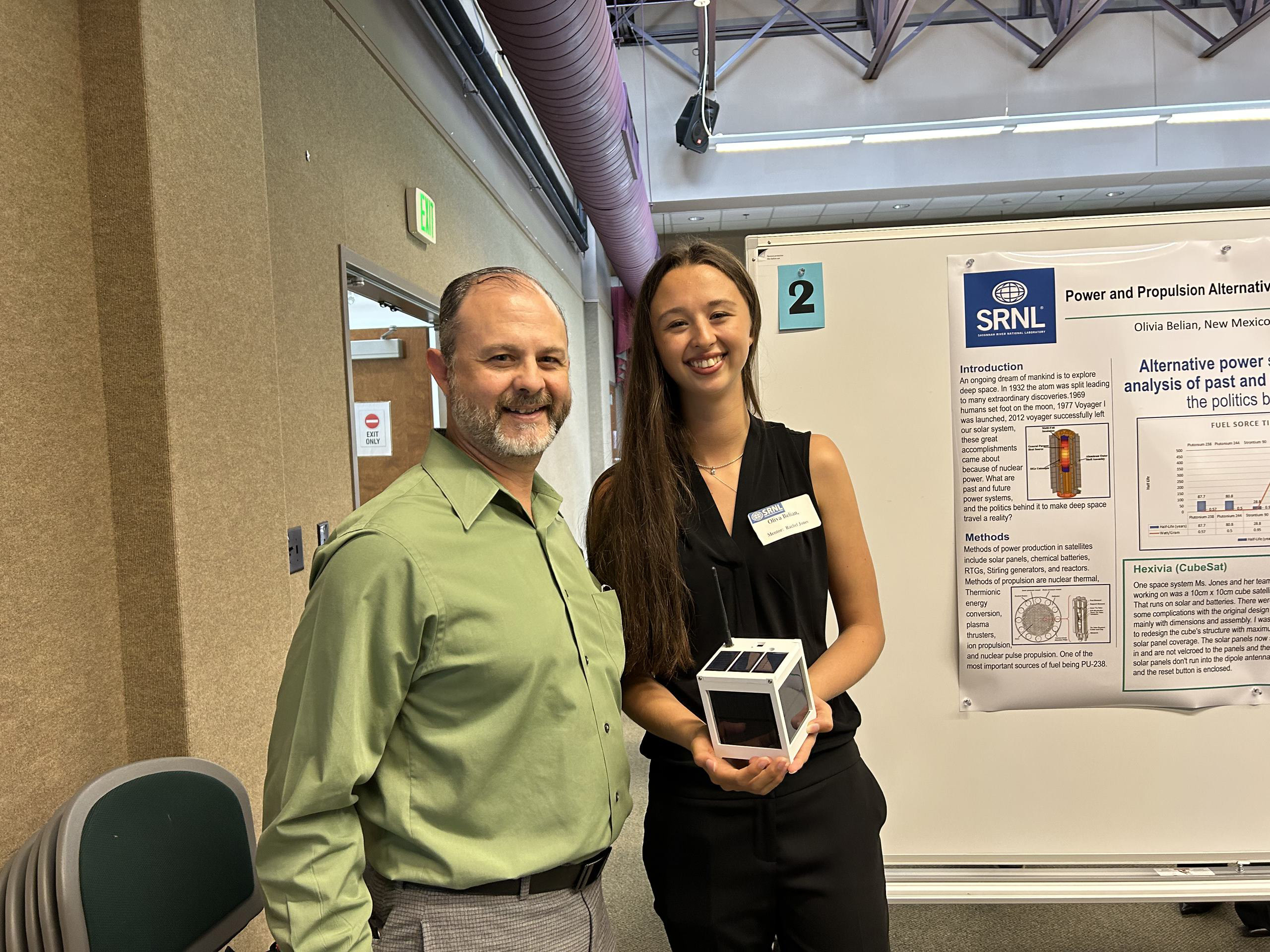
Olivia Belian with her father, NASC Director Anthony Belian during the SRNL Summer Intern poster session. Photo by Jason Dehart, SRNL.
Design and supply chain issues created some early challenges. She credits Jones, Mechanical Designers Charles Neikirk and Tyler Barnes for guiding her to find solutions.
It took three tries before Belian created the final 3-D printed CubeSat design.
The final product impressed Jones so much that she suggested Belian submit a research paper to AMSAT Journal, a bi-monthly digital magazine published by the Radio Amateur Satellite Corporation. AMSAT Journal published Belian’s work and made her the cover story of its Fall issue.
Belian believes SRNL is a place to nurture her scientific curiosity and success. She plans to return in 2024 and hopes to have additional publications. Her ultimate goal is to submit her work at SRNL for a patent.
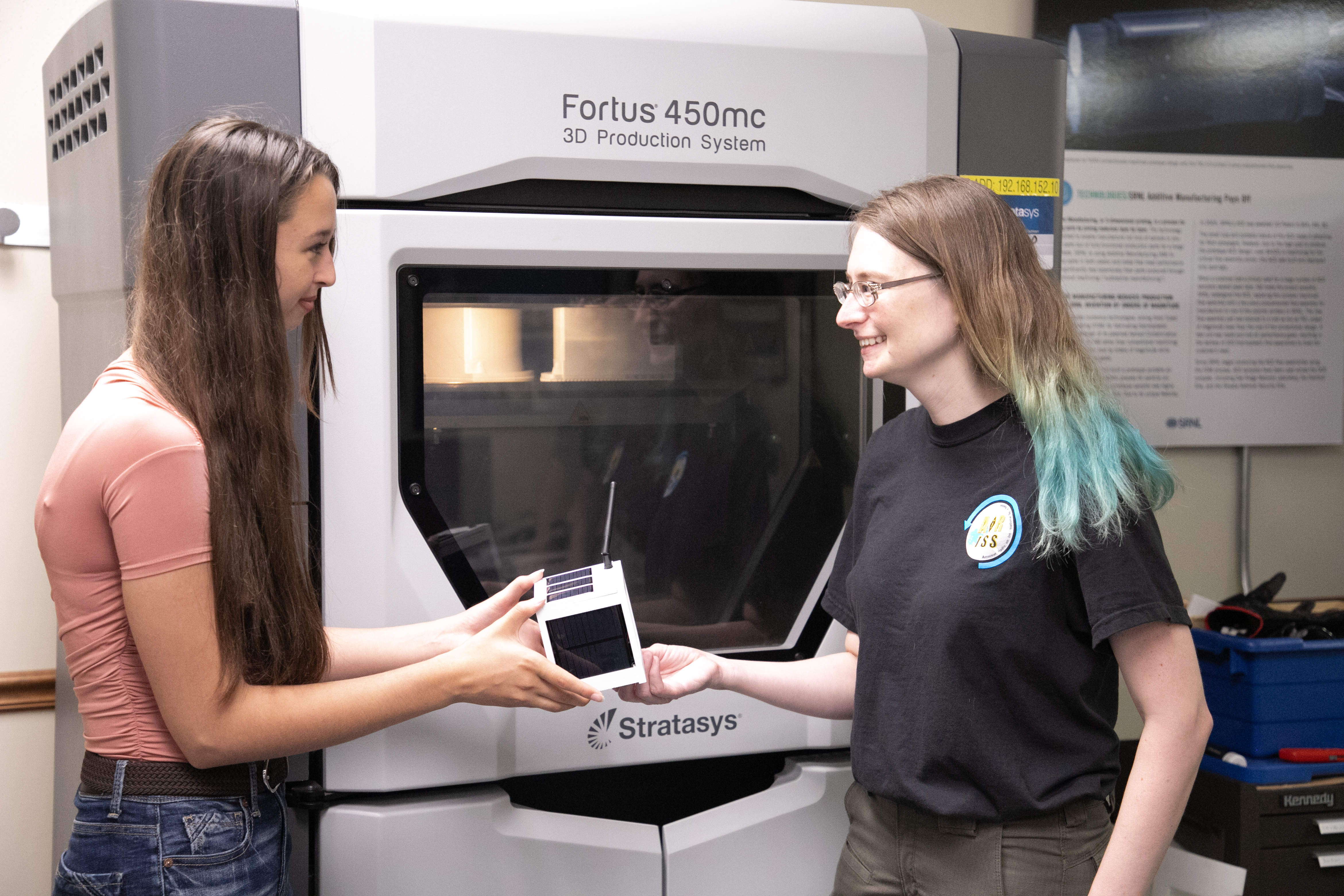
Olivia Belian next to her mentor, Rachel Jones. Photo provided by Rachel Jones, SRNL.
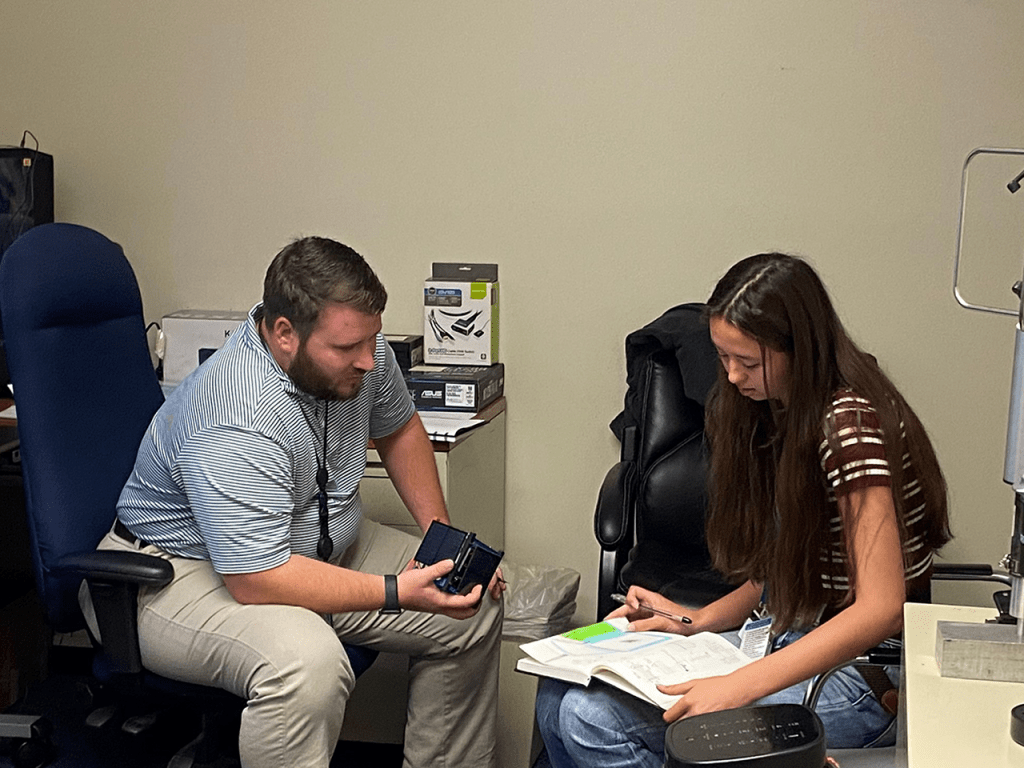
Olivia Belian next to Charles Neikirk discussing design ideas. Photo by Rachel Jones, SRNL.
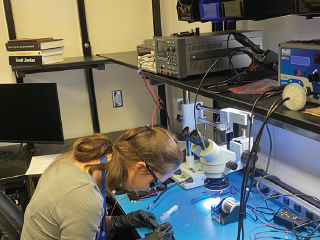
Olivia Belian soldering wires onto the back of solar panels. Photo by Rachel Jones, SRNL.
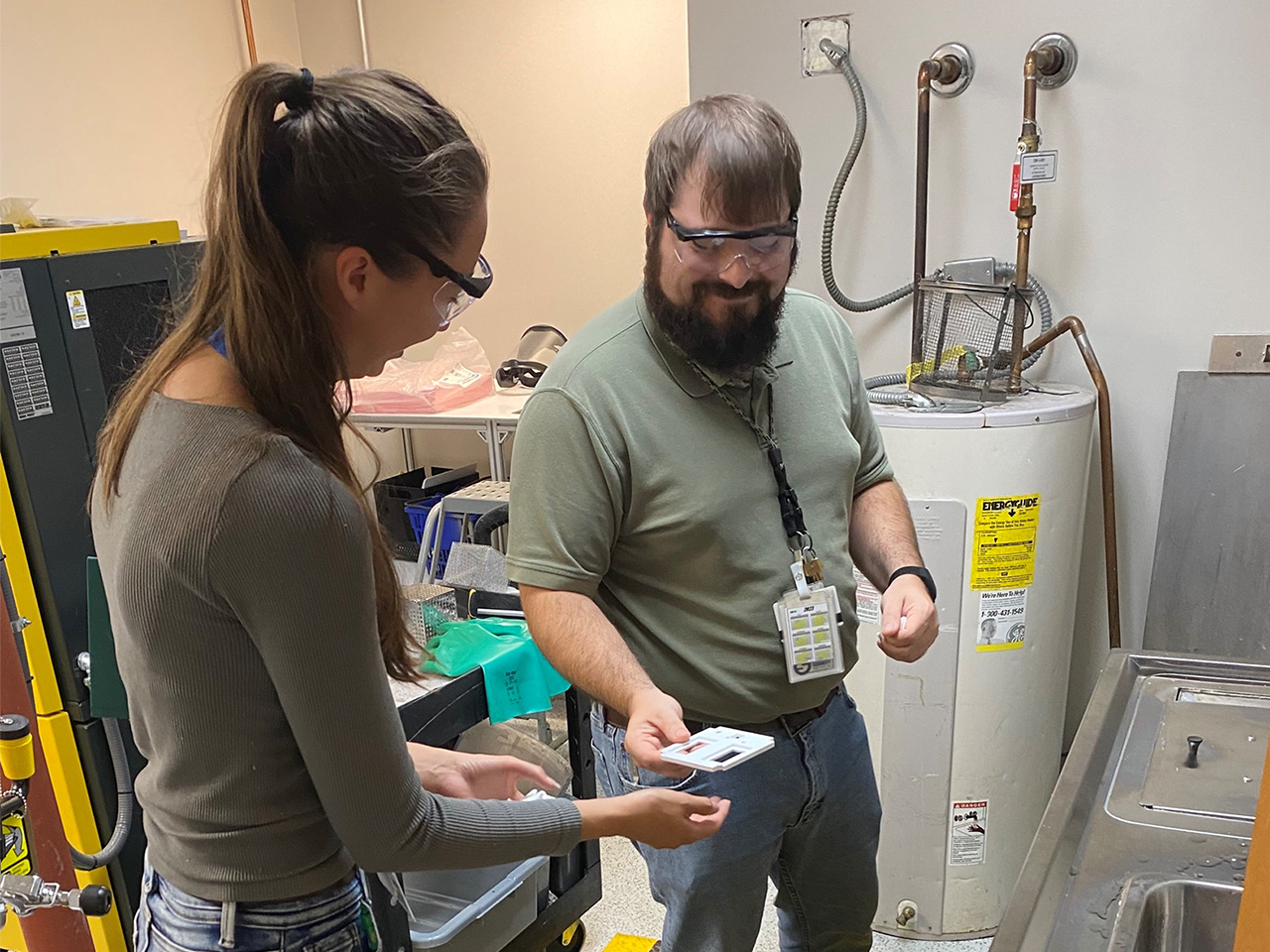
Olivia Belian discussing first prints with Tyler Barnes. Photo by Rachel Jones, SRNL.